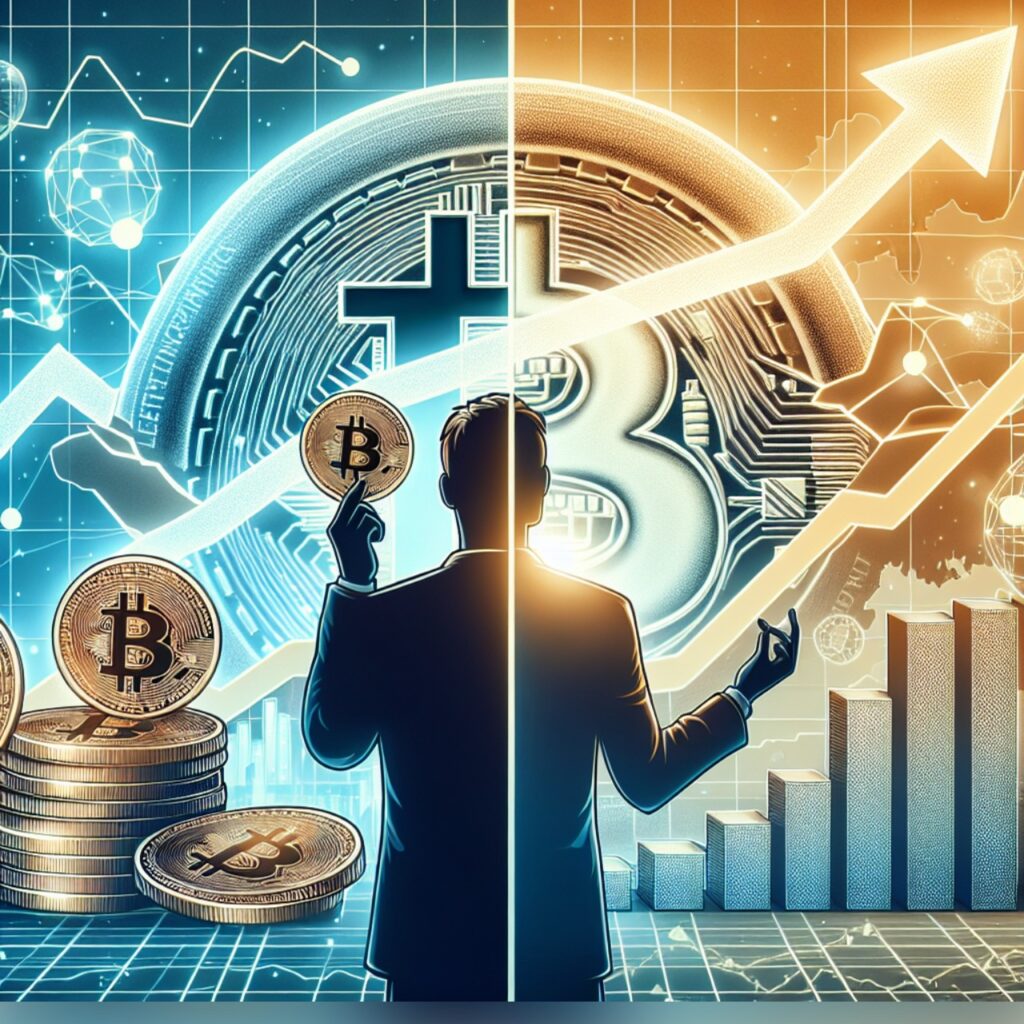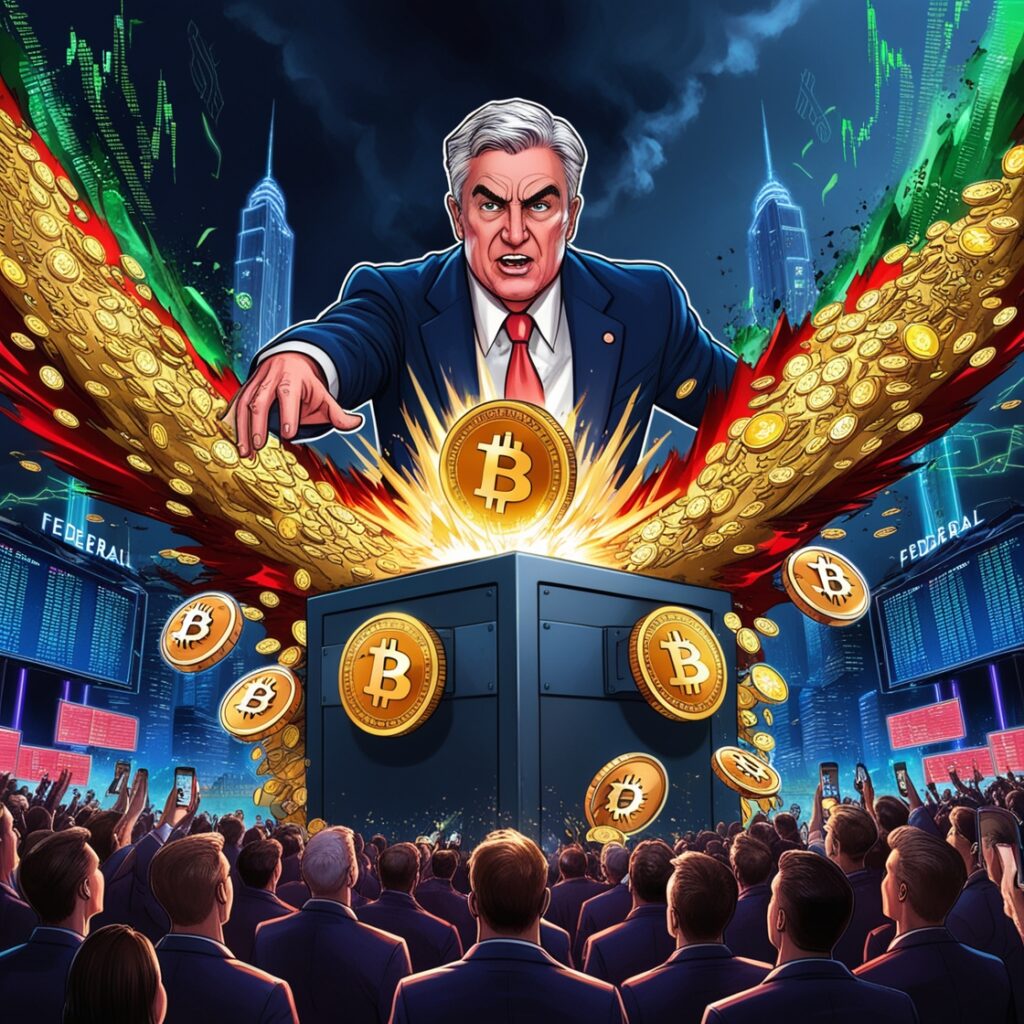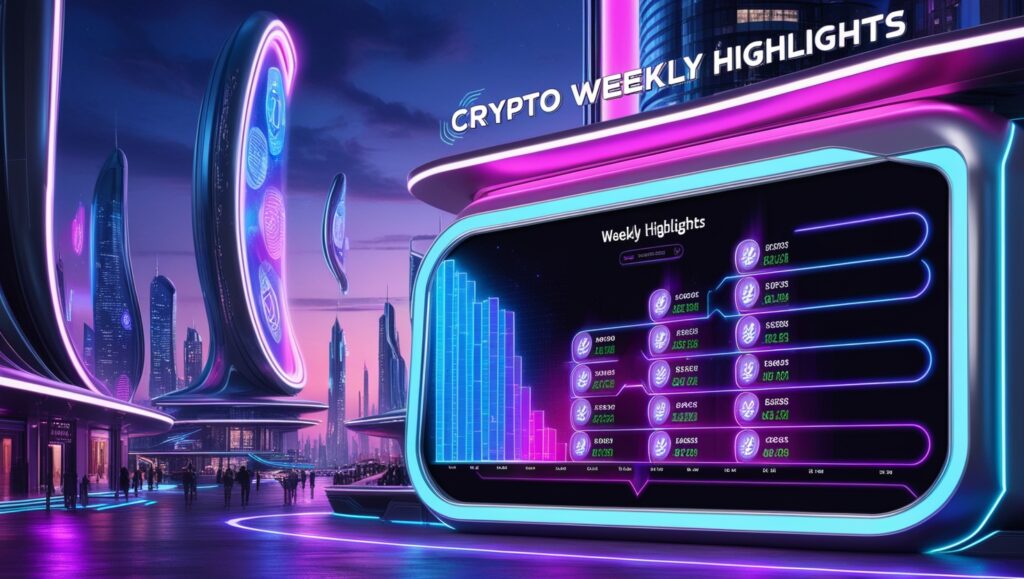The fourth halving of the Bitcoin network occurred late on April 20. This approach is significant not just for Bitcoin holders but also for the whole cryptocurrency industry due to its wide-ranging general economic ramifications.
Crypto investors have been anticipating the 2024 Bitcoin halving for the past four years, and it has finally been finalized. The 6.25 BTC reward each block has been lowered to 3.125 BTC. The prize will drop to 1.5625 BTC at the next cut, which takes place in 2028. Around 2140, the last 64th halving will take place, signifying the completion of the mining of all 21 million coins and the end of the production of new Bitcoins. The miners will then need to look for alternative cryptocurrency income streams.
In what ways might halving impact the price of Bitcoin?
The Bitcoin exchange rate at the moment of writing is about $57,000. Long term, a lot of analysts believe that the halving will spur more BTC price increase.
Historically, the price of Bitcoin hit a new high after every new cycle that followed a halving incident. For instance, Bitcoin crossed the $1,200 level in late 2013, roughly a year following the initial halve. Late in 2017, the following market cycle peaked at $20k per Bitcoin, rising to $69k in late 2021 before plunging once more. Nevertheless, the price of Bitcoin has already increased by around 140% in the last six months. Comparatively, Ethereum, the second most important cryptocurrency, has only appreciated by 85% during the same time frame.
The current scenario is special since, in March 2024, Bitcoin, for the first time, surpassed the peak before halving, reaching $73,000, according to a financial analyst. According to him, a major contributing reason to that price increase was demand from the January debut of U.S. bitcoin ETFs.
Meanwhile, the earnings of miners will fall by precisely half. They will therefore need to use twice as much electricity and twice as much time to obtain the same quantity of cryptocurrency. Furthermore, the weaker competitors are predicted to exit the market because energy is not cheap. Stated differently, given the rising demand, we anticipate a shortfall of supplies.
Conclusion
A turning point in the history of the main cryptocurrency, the halving of Bitcoin demonstrates its restricted issuance and built-in inflation protection systems. Many think that, similar to traditional gold, but only digitally, Bitcoin’s deflationary philosophy makes it a strong store of value in an unstable global economy.
Drawing historical comparisons, Bitcoin ought to reach $200,000. at the end of 2024, when it should start an explosive development phase. Due in large part to ETFs, which have created a very high demand for bitcoin and a shortage that is already felt today, the situation is substantially different from that of 2020.









